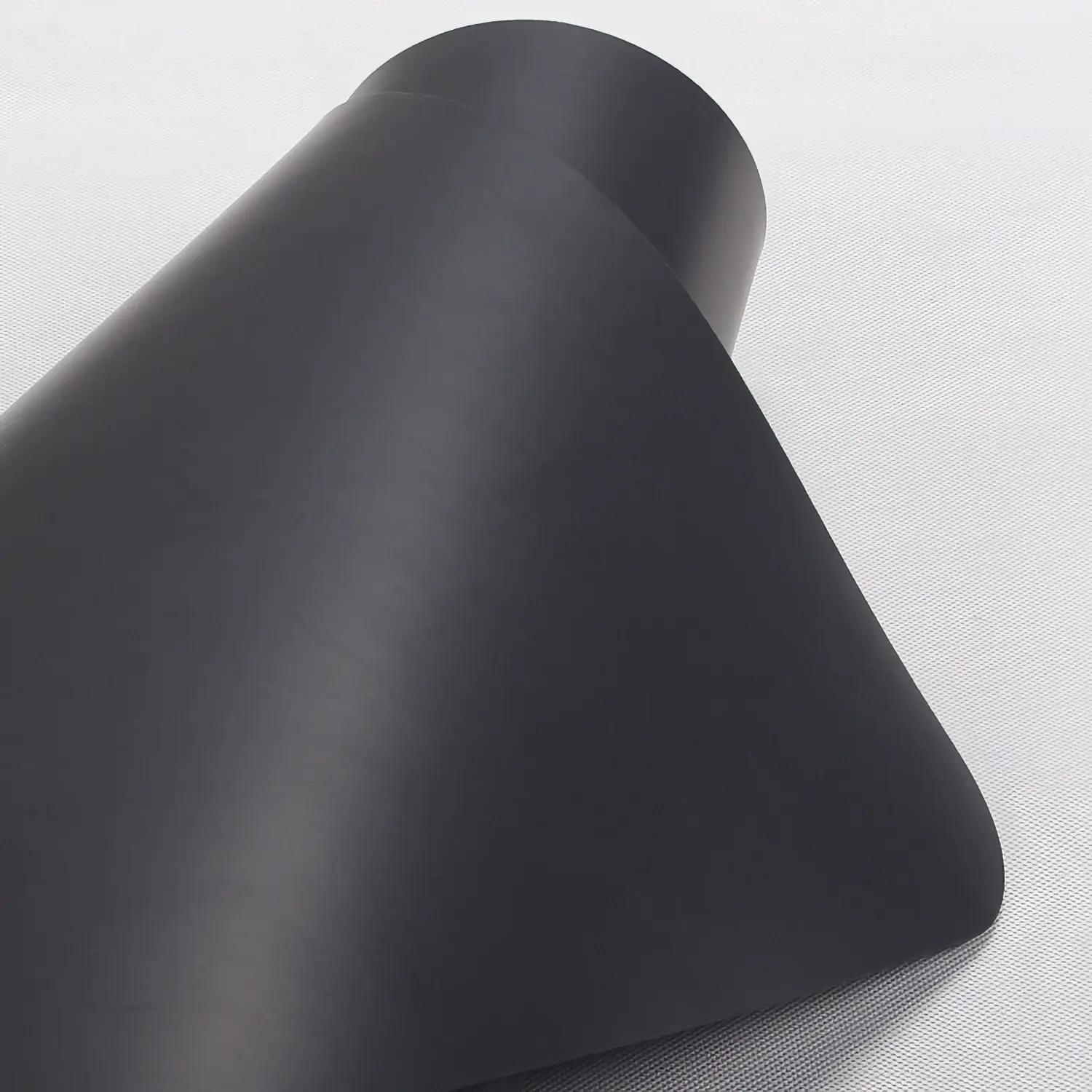Exploring Comfort, Longevity, and Environmental Impact in Yoga Mat Selection
When it comes to selecting the perfect yoga mat, two popular options often stand out: rubber and EVA (ethylene-vinyl acetate). Each material offers distinct characteristics that cater to different preferences and needs.
Comfort
Rubber Mats: Known for their excellent cushioning and grip, rubber mats provide a stable and comfortable surface for yoga practice. They offer a natural elasticity that can absorb impact, making them ideal for those who prefer a softer feel.
EVA Mats: These mats are lightweight and offer good cushioning, although they are typically firmer compared to rubber mats. They provide a stable base for various yoga poses but may not offer as much give as rubber mats.
Longevity
Rubber Mats: Generally more durable than EVA mats, rubber mats have a longer lifespan with proper care. They are resistant to tearing and can withstand regular use without losing their shape or integrity.
EVA Mats: While EVA mats are affordable and lightweight, they may wear out faster, especially with heavy use. They are prone to developing indentations and may need to be replaced more frequently.
Environmental Impact
Rubber Mats: Natural rubber mats are biodegradable and are often made from sustainable sources like rubber trees. However, some rubber mats may contain synthetic materials or additives, so it’s essential to check the product details for environmental certifications.
EVA Mats: These mats are typically made from synthetic materials and may not be biodegradable. The production process for EVA mats involves chemicals that may have environmental implications, so their environmental impact can be higher compared to natural rubber mats.
Choosing between a rubber and EVA yoga mat ultimately depends on your priorities. If you prioritize comfort and durability, a rubber mat might be the better choice due to its superior cushioning and longevity. On the other hand, if affordability and lightweight portability are key factors, an EVA mat could be more suitable despite its shorter lifespan and potential environmental concerns.
Before making a decision, consider how each material aligns with your personal preferences, yoga practice frequency, and environmental values. By understanding the differences between rubber and EVA mats, you can make an informed choice that enhances your yoga experience while considering sustainability factors.
Explore, customize, purchase, and wholesale Natural Rubber Yoga Mats products.
FAQ
- Q: Are rubber yoga mats eco-friendly?
- A: Natural rubber mats are biodegradable and sourced sustainably from rubber trees. However, check for any synthetic additives in the product details.
- Q: Are EVA yoga mats durable?
- A: EVA mats are lightweight and offer decent durability for regular use. However, they may develop indentations over time and might need replacement sooner than rubber mats.
- Q: Which yoga mat material offers better grip?
- A: Rubber mats are known for their superior grip, especially in humid conditions. EVA mats also provide good grip but may require a towel in sweat-prone situations.
- Q: Are rubber mats suitable for hot yoga?
- A: Yes, rubber mats are excellent for hot yoga due to their natural grip and cushioning properties, which enhance stability during sweaty sessions.
- Q: How should I clean and maintain a rubber yoga mat?
- A: Clean rubber mats with a mild soap and water solution, and avoid prolonged exposure to sunlight. Regular cleaning helps maintain their performance and longevity.
